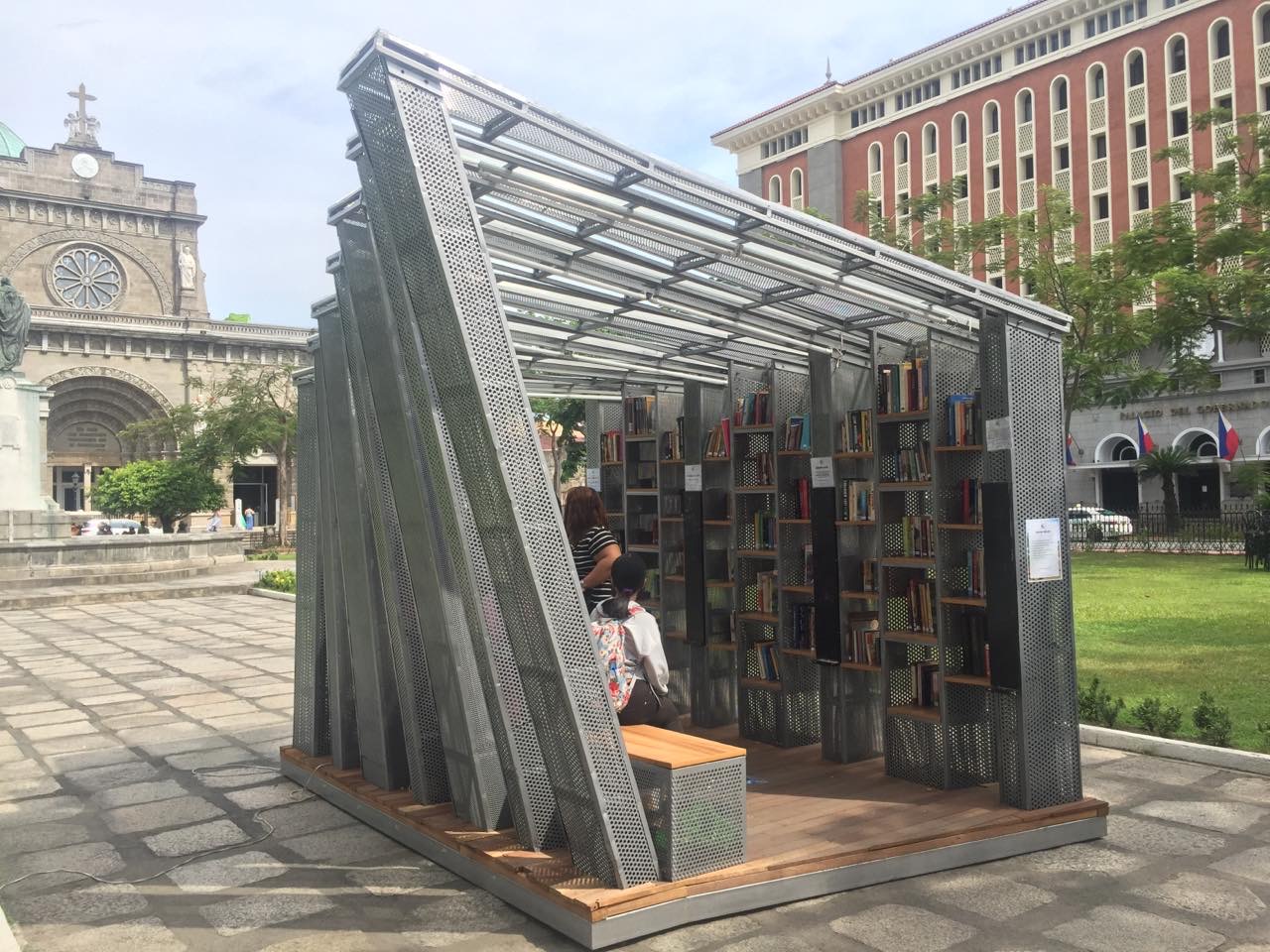Our journey through architecture
What is your architecture story? Before you start on your journey as an architect, before you can truly find the passion and depth that you will need to constantly strive for, you must find your own story.
My own story starts with toys and building bases and houses for action figures back in the ’80s. As a young boy, I enjoyed setting up the scene and story for my collection of toys the most. Web crawling superhero Spiderman also left a strong imprint in me—with that dynamic sense of movement and varying views as he swings through Manhattan. I then started to take a more serious interest in drawing and sketching, which taught me to appreciate the importance and beauty of scale and proportion.
Books and traveling were a major influence as well. As a whole, I’ve read and traveled extensively, allowing me to imagine different worlds, to look at things from an outsider’s point of view, and to compare the way things worked in an Asian city, a European city, or even a magical elven city. Reading has thoroughly opened my mind.
Lessons learned
I’d like to share with you a story that has come to define the architecture that we practice. When I took my Master’s Degree in Singapore, WTA was already a growing young firm with bright hopes. I had to then fly back and forth between Singapore and Manila almost every week. This allowed me to see the contrasts between Manila and Singapore, the strengths and weaknesses of each city as I traveled back and forth and observed their architectural dynamics.
Singapore is a much more structured and heavily governed city than Manila. The length and breadth of how government there works hand in hand with architects is proof of how architecture matters in the growth and development of its society. It opened my eyes on how there are some things that should and can only be done by institutions and, given the proper channels, how much architecture can do for a country.
This is why we must demand so from government and society, and architects, as the main professional practitioners who influence the city, must be willing to speak out and push for change. We must work towards a goal of building better cities and a more socially sustainable lifestyle.
Manila, meanwhile, has in so many ways the advantages and resources that Singapore can only dream of. We have far better natural resources and age demographics. We have access to a pool of 100 million talented Filipinos who, despite their frustration with the public sector, continue to love and enjoy living in this country.
Manila, with its weak or almost nonexistent planning, allows architecture to have a much greater influence in how our cities will grow and develop. It is such a fantastic playground for architects, who can test out their ideas more quickly and effectively. We have a much greater role to play in Manila’s development and so much more responsibility to the rest of society.
These two lessons are vital to how architecture is done at WTA. We always ask how we can do a building so that it works for the city and weaves into the fabric of its social and contextual grain. Even outside the metropolis, we see our work as catalysts that can serve as a nucleus for future growth centers. We also place a great deal of importance on socially interactive and relevant architecture. We believe in pushing for advocacies that educate and call for a happy optimism on how things can be.
Great mentors
I have found that there are three things which you will need in your journey through architecture.
Choose your mentor. Develop a relationship with one who shapes and guides you, not by casting you in a metal mold but by showing you the wonders of learning and practicing architecture. Find someone whom you will always respect and never outgrow, someone who has a strong and firm commitment to architecture. A mentor is a resource person whose opinions will always matter. He is someone with whom you can bounce ideas off fearlessly and can always bring more out of you.
I’ve had the good fortune of having two great mentors in my life. One is a master builder and great technical innovator from Dumaguete City, Architect Gerard Uymatiao, and the other a passionate modernist and lover of history from the University of San Carlos, Architect Norman Muana. They have allowed me to come to them and throw my ideas at them, expecting inspiring and valid opinions on how to proceed and continue. And both of them have a great grasp on how to live and practice an architecture that is relevant and unrelenting.
Finding a hero, muse
Second, find your hero. Jacques Herzog said that, “Architecture is and has never been generic, it is highly specific.” We all have our favorites, the Bjarkes, the Zahas, the Fosters and the Koolhases of our time. We all want to be the best but none of us can and should be.
We have strived to practice a more subdued architecture that is based on a rational intersect of concept and program at WTA. I have found that we cannot pursue a system that is similar to that of Herzog and De Meuron. Yet their work interests me—the unrelenting beauty they produce without replication or iteration, the uniqueness of their architecture matched with spaces produced by rich materiality and careful forms. I follow and watch every lecture and book I can find of them. If you love architecture, then live your life surrounded by imagery and ideas. Thirst for greatness and do not settle for anything less.
Lastly, find a muse, hopefully just one. Find someone who brings out the best in you, who challenges you to be better and inspires you to change the world with a passion that shapes cities and moves the earth. Find a muse whose thoughts conflict with, influence, and converge with yours, someone who is smarter, more passionate, more ambitious, and hopefully much better looking than you.
Continuous learning
We are all still students of architecture. The more we think we know, the more we find that we don’t. The only certainty I have right now is that I must keep learning. As technology advances exponentially and as our cities grow unrelentingly, we will continuously need newer, better ideas.
Architecture is an eternal quest. Be patient with your learning and open your eyes as you walk through our cities. And so long as you keep getting better and keep understanding more about architecture, then you will have yourselves a great adventure ahead.
I’d like to leave you with this line from Coop Himmelblau from their 1980 manifesto “Architecture must burn.”
“We want architecture that has more to offer. Architecture that bleeds, exhausts, that turns and even breaks […] Architecture that glows, that stabs, that tears and rips when stretched. Architecture must be precipitous, fiery, smooth, hard, angular, brutal, round, tender, colorful, obscene, randy, dreamy, endearing, distancing, wet, dry and heart-stopping. Dead or alive. If it is cold, then cold as a block of ice. If it is hot, then as hot as a tongue of flame. Architecture must burn!”


